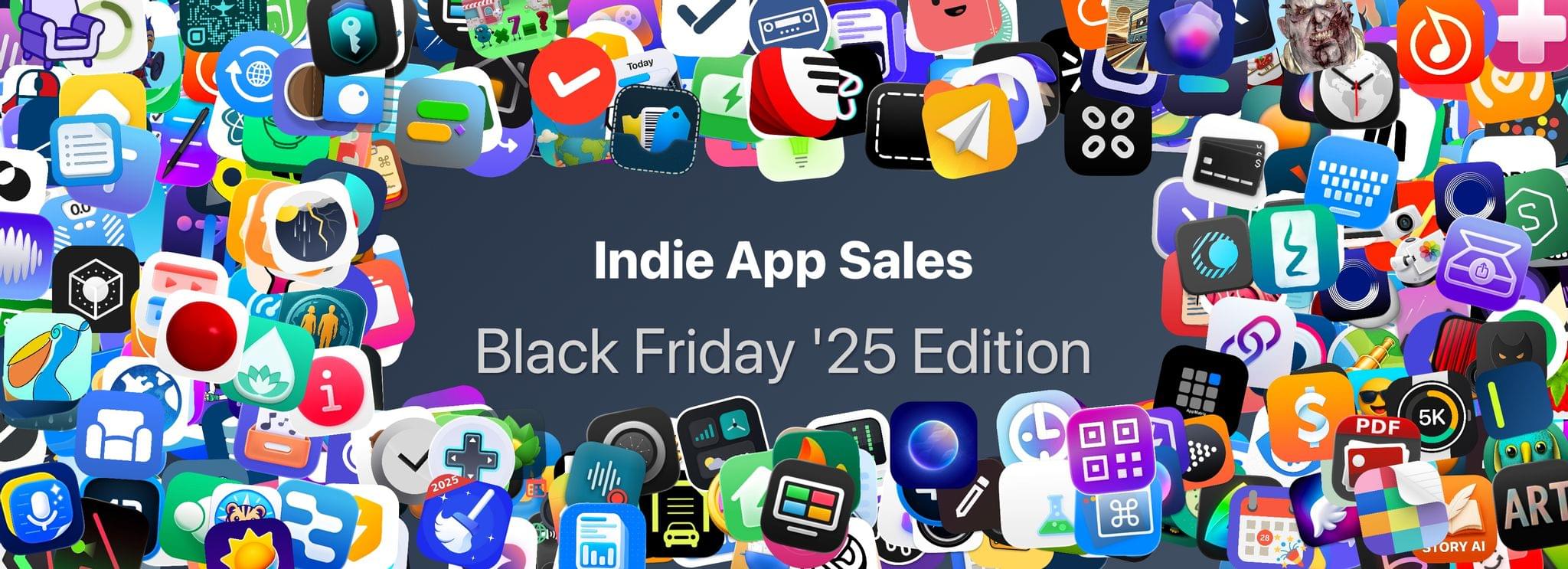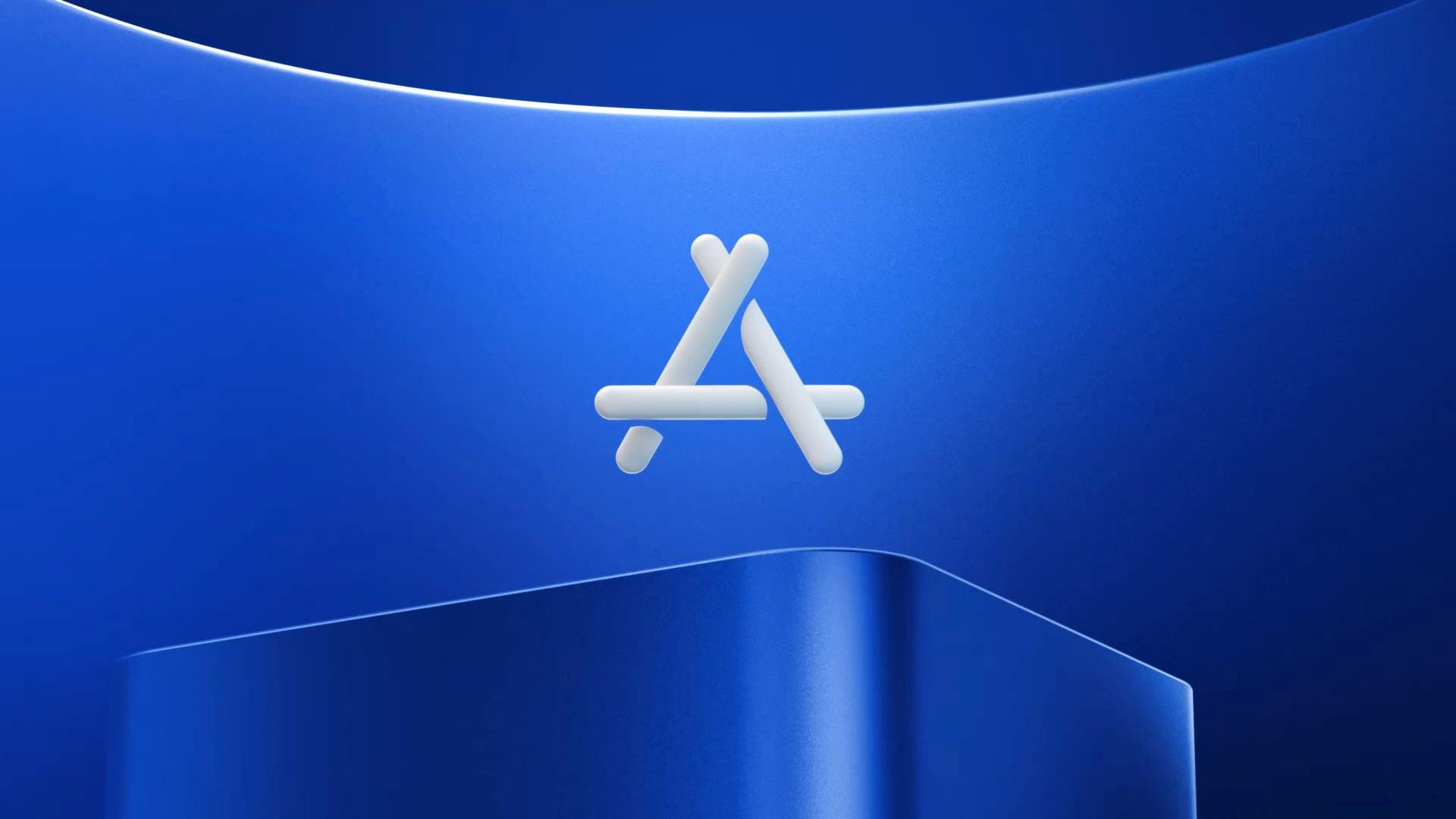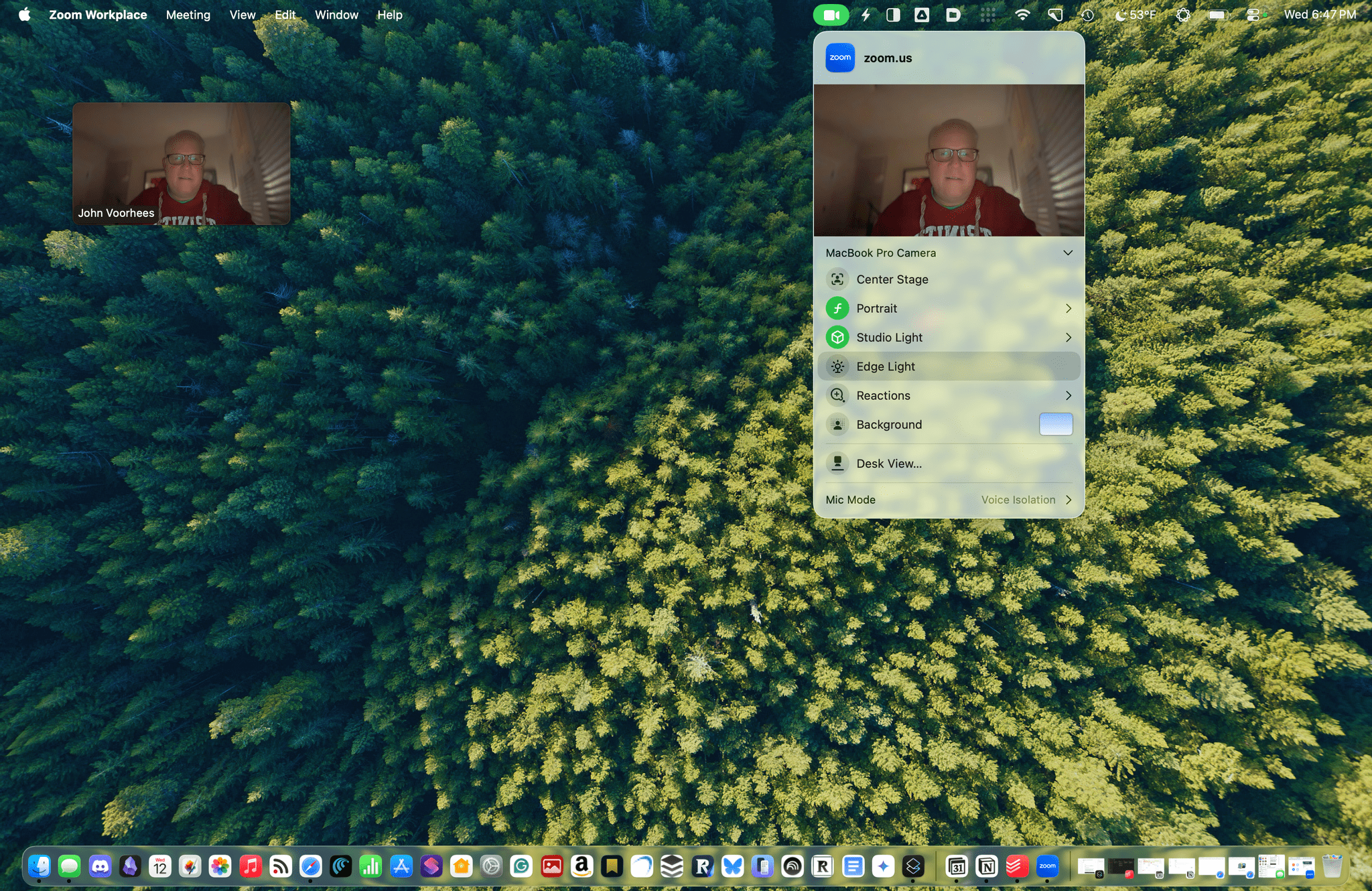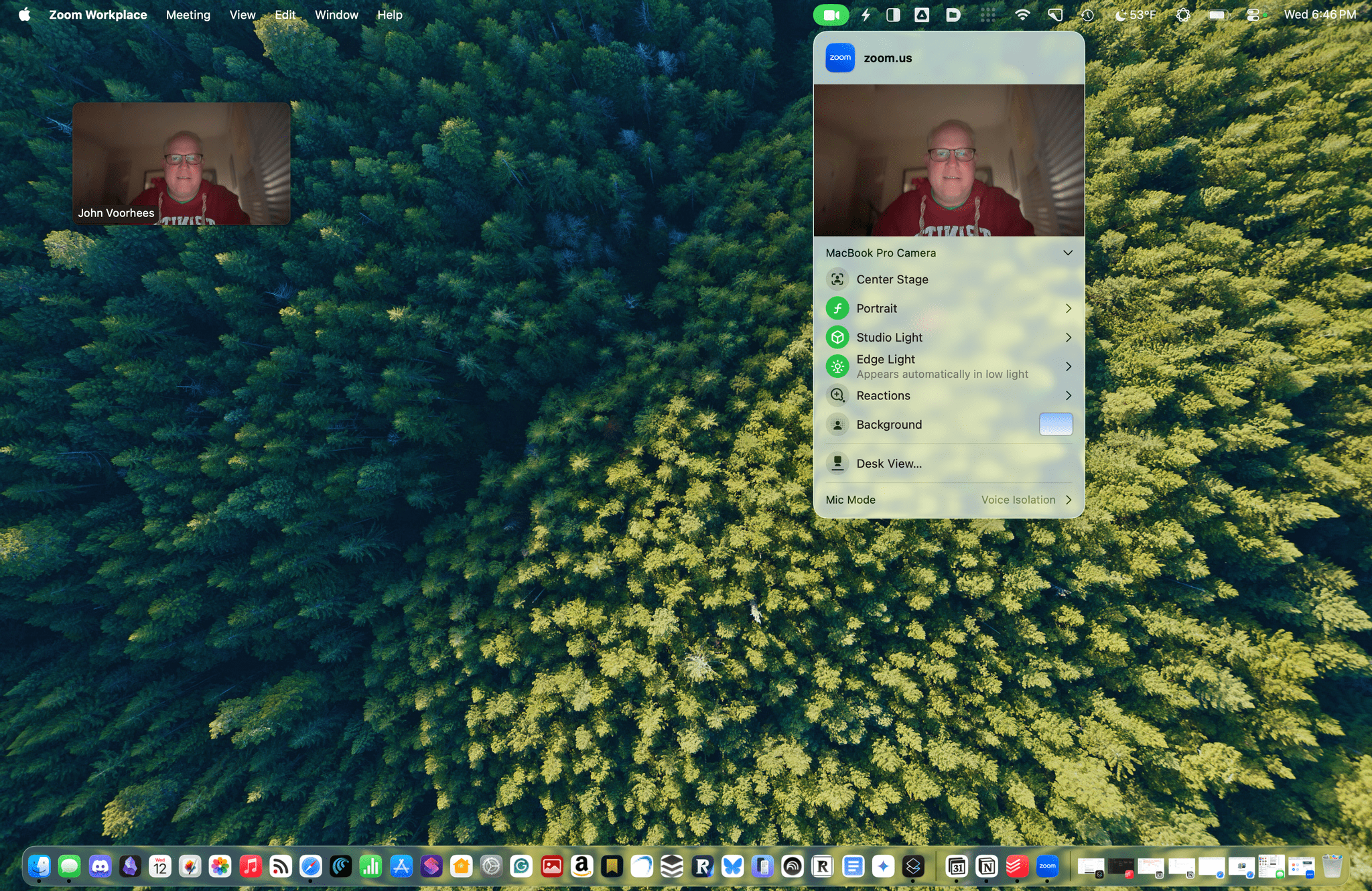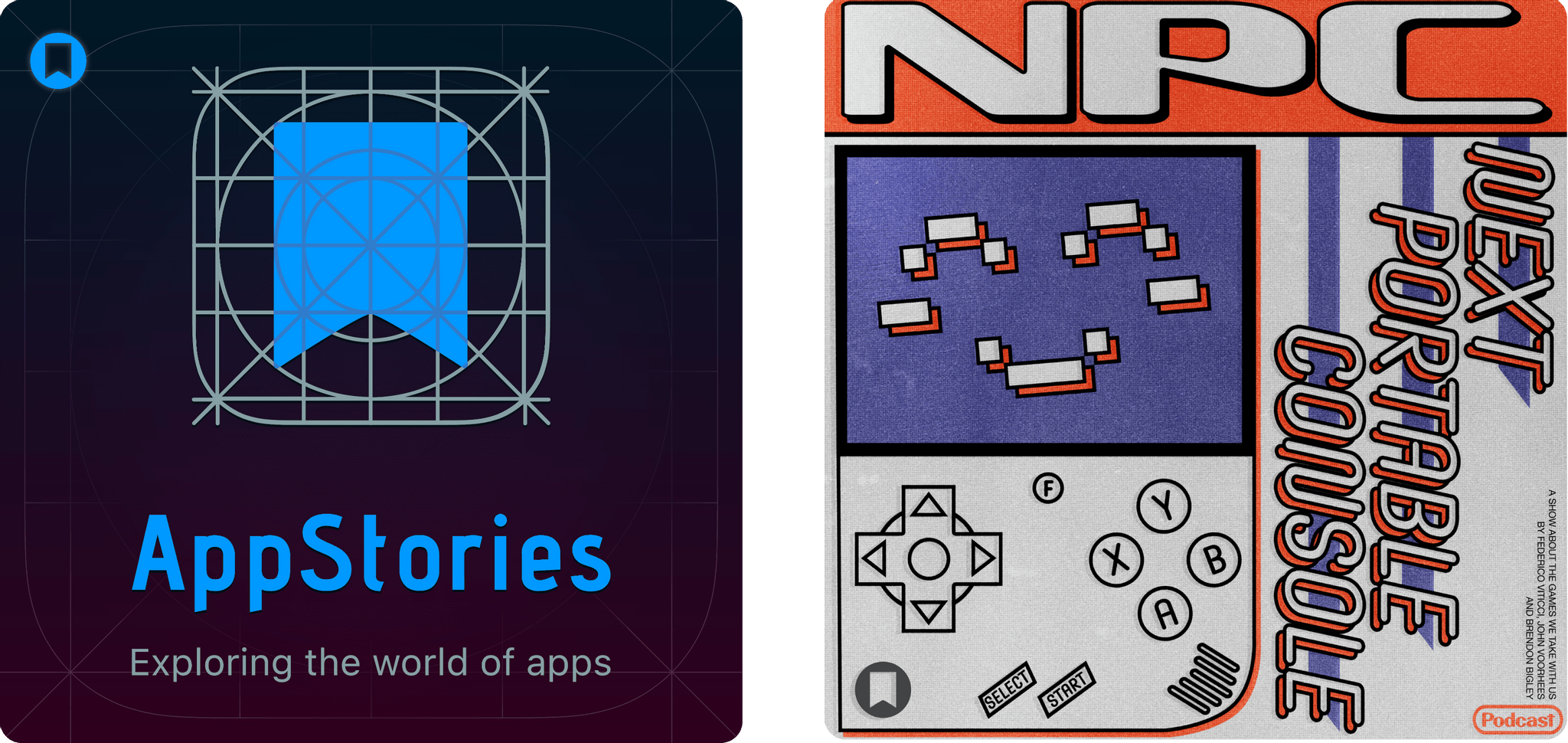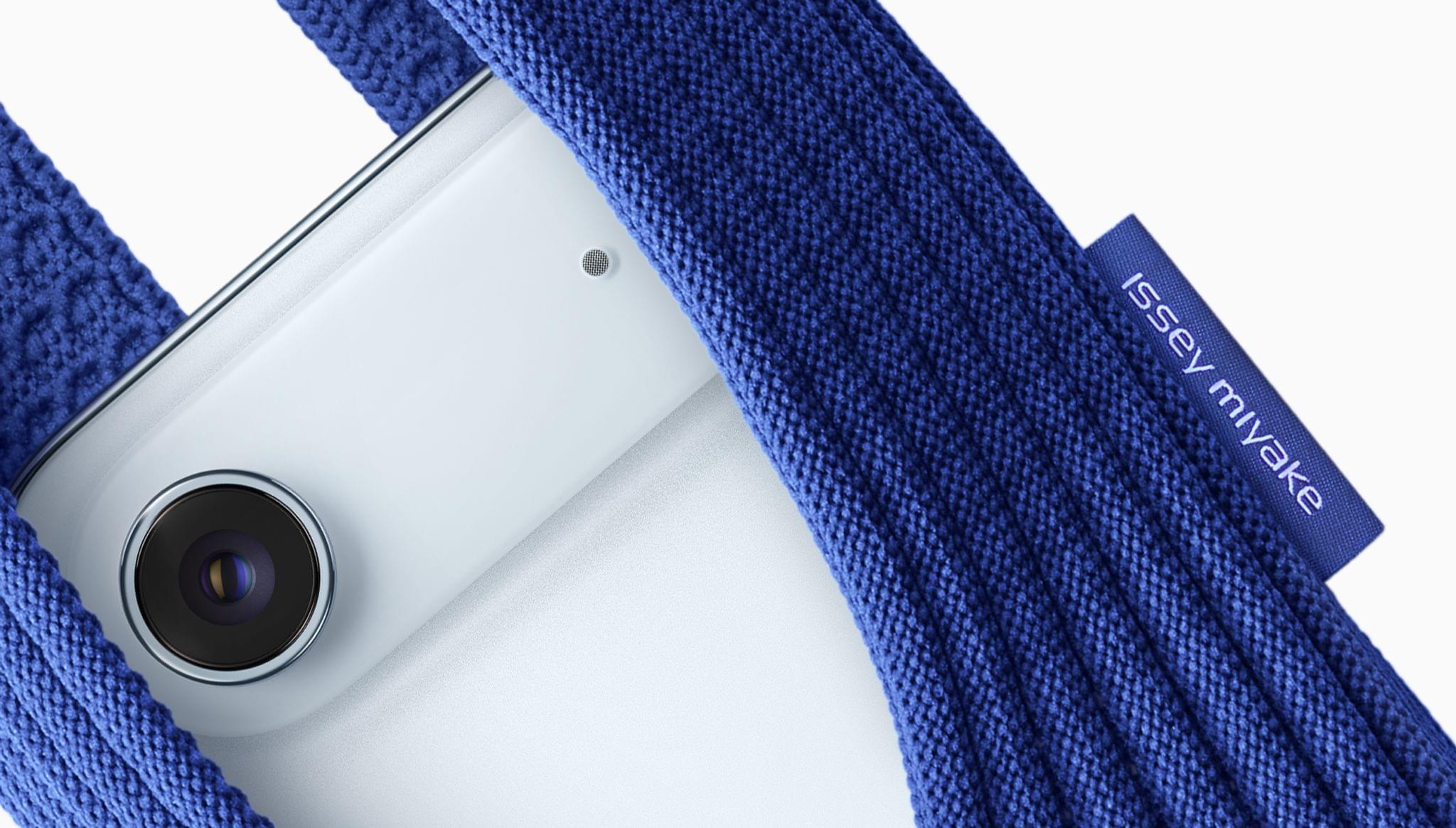Enjoy the latest episodes from MacStories’ family of podcasts:
AppStories
This week, Federico and John explore current changes to the world of apps through the lens of its past evolution.
On AppStories+, we build “money’s no object” holiday wish lists for ourselves.
NPC: Next Portable Console
This week, Brendon, Federico, and John catch up on a grab bag of news before diving deeper into the Ayn Odin 3’s emulation and streaming potential, the possibility that the rumored TrimUI Smart Pro S could become the default budget recommendation for horizontal handhelds, and the 11” 3D Abxylute 3D One.
Then on NPC XL, John and Federico are tempted to build their own Steam Machines, while Brendon went ahead and did it already by converting his Windows Mini PC.
Comfort Zone
It’s the window management episode! Chris has even more iPad news, and AeroSpace nearly tears the gang apart.
This week’s Cozy Zone is an Apple accessory tier list, and dear listener, the knives come out.
MacStories Unwind
This week, the Macy’s Thanksgiving Parade, Federico is curious about American TV and has a TV pick, while John follows up on a couple of TV shows and other media he’s looking forward to in the coming weeks.



